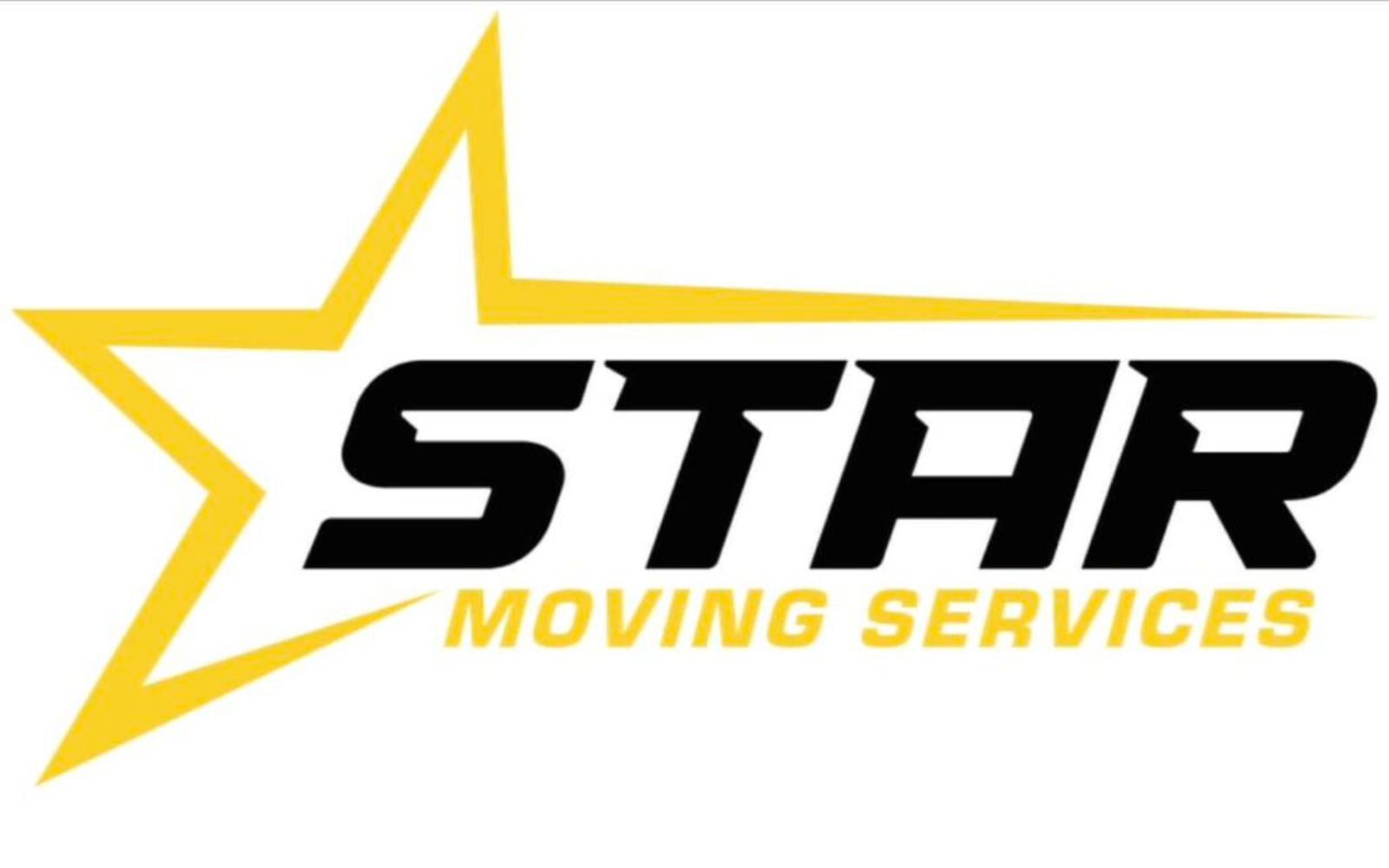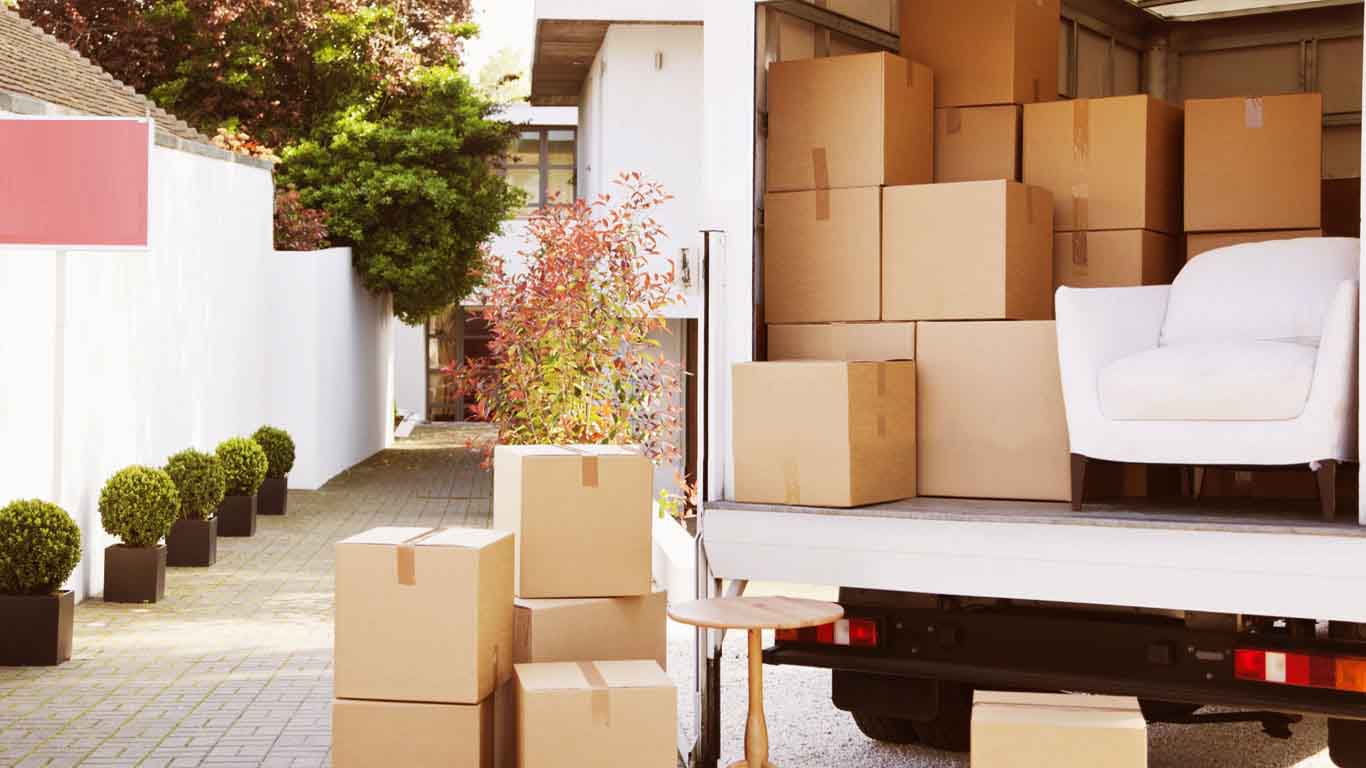Moving to a new home is a significant life event, marked by excitement and anticipation. However, it can also be accompanied by stress and anxiety, especially when it comes to packing. The process of sorting through belongings, choosing the right packing materials, and organizing everything efficiently can feel overwhelming. But fear not! In this comprehensive guide, we will delve into the science of efficient packing, exploring the psychology behind it and offering practical strategies to ensure a smooth and stress-free move. Let\’s embark on a journey to master the art of packing for a seamless transition to your new abode.
The Psychology of Packing
Understanding Packing Stress
Moving is a transition, and transitions often come with psychological stress. It\’s perfectly normal to feel attached to your belongings and to worry about their safety during the move. This emotional attachment can make the packing process feel like an emotional rollercoaster.
However, efficient packing can significantly reduce this stress. When you approach packing systematically, you gain a sense of control over the process. Knowing where to start, how to categorize your items, and how to pack them securely can alleviate many of the emotional challenges associated with moving.
Benefits of Efficient Packing
Efficient packing goes beyond the practical aspects. It has a positive impact on your mental well-being during the move. When you pack efficiently, you\’re less likely to forget or lose items. You also save time and energy by avoiding last-minute rushes to find misplaced belongings.
The reduced stress and increased confidence that come with efficient packing contribute to a more positive moving experience. It allows you to focus on the excitement of the new chapter in your life rather than getting bogged down by packing-related worries.
The Art of Sorting and Decluttering
The Sorting Process
Before diving into packing, take the time to sort through your belongings. The sorting process is about making conscious decisions about what to keep, what to donate, and what to discard. It\’s a critical step in ensuring that you don\’t pack unnecessary items, which can increase the cost and complexity of your move.
Consider categorizing your items into three piles: keep, donate, and discard. This approach helps you create a clear plan for what you\’ll be packing, what you\’ll be passing on to others, and what you\’ll be letting go of.
Benefits of Decluttering
Decluttering serves a dual purpose. First, it reduces the number of items you need to pack, which simplifies the packing process and minimizes the physical effort involved. Second, it can be emotionally liberating.
Letting go of possessions that no longer serve you can be freeing. It\’s a chance to start fresh in your new home, unburdened by unnecessary clutter. This emotional benefit is often underestimated but can have a profound impact on your mental state during the move.
Essential Packing Supplies and Tools
Choosing the Right Packing Materials
Efficiency in packing begins with selecting the right packing materials. Cardboard boxes are the standard, but consider eco-friendly options like recyclable boxes or reusable plastic bins. These alternatives not only reduce waste but also provide sturdier protection for your belongings.
Additionally, consider the size of the boxes. Having a variety of box sizes on hand allows you to pack items more precisely. Smaller boxes are ideal for heavier items like books, while larger ones can accommodate lighter, bulky items.
Tools and Accessories
In addition to packing materials, there are various tools and accessories that can streamline the packing process. A good quality box cutter, for instance, simplifies opening and breaking down boxes. Labeling systems, such as color-coded labels or detailed inventory lists, help you keep track of what\’s in each box.
Furniture sliders are invaluable for moving heavy furniture without straining your back. These tools and accessories not only make packing more efficient but also contribute to a safer and less physically taxing move.
The Tetris Approach to Packing
The Tetris Analogy
Packing, at its core, is a spatial puzzle. Think of it as a real-life game of Tetris. The goal is to fit items into boxes in the most space-efficient way possible. This approach not only minimizes the number of boxes you need but also maximizes the use of available space, whether it\’s in a moving truck or your own vehicle.
To excel in this packing game, you need to become a master of spatial organization. It\’s about finding the perfect fit for each item, like puzzle pieces that seamlessly come together.
Strategies for Efficient Packing
The key to efficient packing lies in strategies that maximize space while ensuring the safety of your belongings. Start with heavier items at the bottom of boxes and lighter ones on top. Fill gaps and spaces with smaller items or cushioning materials to prevent shifting during transit.
Use soft items like clothing or linens as padding and protection for fragile items. Plates, for example, can be wrapped individually and packed vertically, like vinyl records, to reduce the risk of breakage.
Remember to pack items from the same room together, so unpacking becomes a breeze. Label boxes clearly to indicate their contents and the room they belong to. This systematic approach minimizes confusion and saves time when you arrive at your new home.
Labeling and Organizing for Easy Unpacking
Effective Labeling Techniques
Efficient packing isn\’t just about getting items into boxes; it\’s also about making the unpacking process as smooth as possible. Clear and effective labeling is key to achieving this. When you label boxes accurately, you\’ll know exactly where each box belongs in your new home.
Consider using a color-coding system or detailed inventory lists to label your boxes. Indicate not only the room but also a brief description of the contents. This extra step will save you time and frustration when you\’re settling into your new place.
Room-by-Room Packing and Organization
To further enhance your packing efficiency, break down the process room by room. Start with one room at a time, packing items from that room together in boxes. Label each box with the room it belongs to and a list of its contents.
Organize boxes in your old home based on their destination rooms in the new home. This way, when you arrive at your new place, you can unload and unpack room by room without having to search for boxes scattered throughout the house.
Fragile Items and Special Handling
Packing Fragile Items Safely
Fragile items require special care and attention during packing. These may include glassware, ceramics, electronics, and sentimental items with delicate components. To ensure their safe arrival at your new home, invest in proper packing materials.
Bubble wrap, packing paper, and foam sheets are excellent options for protecting fragile items. Wrap each item individually and secure it in a well-padded box. Be sure to label these boxes as fragile, so you and your movers handle them with the necessary caution.
Special Handling for Valuables
Valuable items, such as jewelry, important documents, and irreplaceable family heirlooms, require extra security. Consider packing these items separately and transporting them personally, rather than entrusting them to a moving company.
Alternatively, inquire about specialized moving services or insurance options that offer additional protection for valuable possessions.
Ensuring the safety of your valuables is a critical aspect of a stress-free move.
Creating an Inventory and Moving Checklist
Importance of an Inventory
An often overlooked but highly valuable aspect of efficient packing is creating an inventory. An inventory is a detailed list of all your belongings, organized by category or room. It serves as a reference tool, allowing you to keep track of what you\’re packing and ensure that nothing is left behind.
As you pack each box, update your inventory to note its contents and room designation. Having this reference will make it easier to locate specific items when you unpack and reduce the risk of losing anything during the move.
Developing a Moving Checklist
A moving checklist is your roadmap for a well-organized move. It breaks down the entire moving process into manageable tasks, providing a timeline for each step leading up to moving day. A well-structured checklist ensures that nothing is forgotten and helps you stay on track throughout the process.
Your checklist should include tasks such as sorting and decluttering, securing packing materials, packing room by room, notifying utilities of your move, and arranging for movers or transportation. Referencing this checklist will help you maintain order and efficiency during the weeks leading up to your move.
Packing Efficiency for Different Types of Moves
Efficient Packing for Local Moves
Efficiency in packing is valuable regardless of the distance of your move, but it may take on different forms for local and long-distance moves. For local moves, where the travel distance is relatively short, consider factors like the number of trips required and the time it takes to load and unload the vehicle.
Efficient packing means optimizing space in your transportation vehicle and minimizing the number of trips back and forth. It also means considering the layout of your new home and ensuring that boxes are placed in their designated rooms upon arrival.
Efficient Packing for Long-Distance Moves
Long-distance moves come with additional considerations, such as the need for items to withstand hours or even days on the road. When packing for a long-distance move, prioritize the secure packaging of your belongings. Use sturdy boxes and ample cushioning materials to protect items from potential bumps and jostles during transit.
Efficiency in packing for long-distance moves also extends to strategic planning. Calculate the travel time and consider the need for overnight stays. Ensure that essential items, such as a change of clothes and toiletries, are packed separately for easy access upon arrival at your new destination.
Conclusion
In conclusion, efficient packing is both an art and a science, one that can significantly enhance your moving experience. By understanding the psychology of packing stress and applying systematic strategies, you can turn what might have been a daunting task into a manageable and even enjoyable process.
And when it comes to a trusted partner to help you with your packing and unpacking needs, consider Star Moving Services. They not only offer an array of moving services but also understand the importance of efficient packing for a smooth transition.
So, as you prepare for your next move, remember that the science of efficient packing isn\’t just about fitting items into boxes—it\’s about creating a stress-free and organized transition to your new home. Master these techniques, and you\’ll find that the journey is just as rewarding as the destination.







